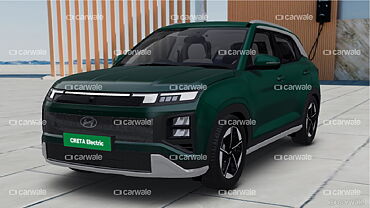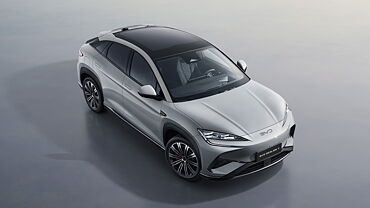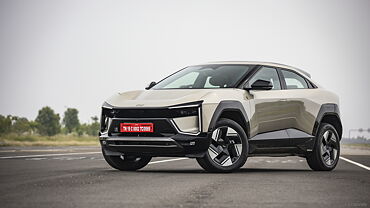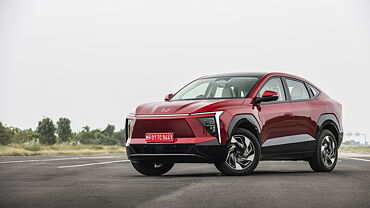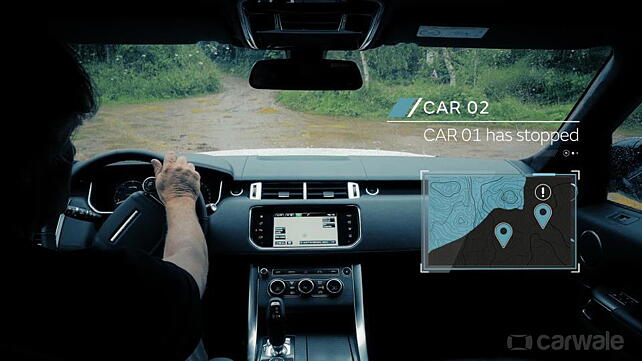
It seems Jaguar Land-Rover is looking to take the autonomous driving technology to the next level. The British luxury marquee has showcased a range of research technologies that would allow a future autonomous car to drive itself over any surface or terrain.
The brand’s multi-million pound autonomous all-terrain project aims to make self-driving cars viable both on and off-road and under varied weather conditions. JLR clearly doesn’t want to limit the future of self-driven cars to the tarmac.
To enable this level of autonomous all-terrain capability, Jaguar Land-Rover’s boffins are developing sensing technologies that will be the eyes of the future autonomous car. Because the sensors are always active and can see better than the driver, this advanced sensing will ultimately give a vehicle the high levels of artificial intelligence required for the car to think for itself and plan the route on any surface.
The research includes surface identification and 3D path sensing and combines cameras, ultrasonic, radar and sensors to give the car a 360-degree view, with sensors so advanced that the car could determine surface characteristics, down to the width of a tyre, even in rain and snow, to plan its route. Ultrasonic sensors can identify surface conditions by scanning up to five metres ahead of the car, so Terrain Response settings could be automatically changed before the car drives from tarmac to snow or from grass to sand. The brand hopes to optimise all-terrain performance with this all-new tech which is expected to come with the next-generation Range Rover and Range Rover Sport.



